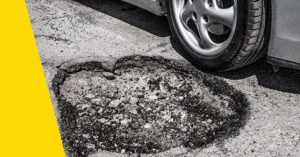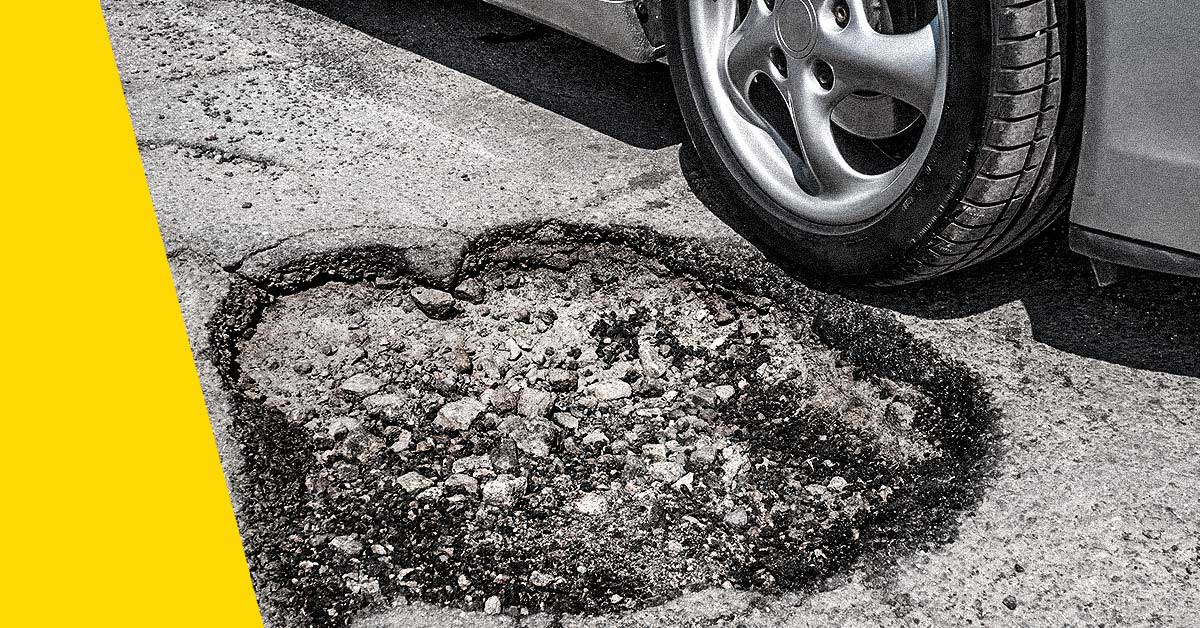Justin Stoltzfus
You’ve probably already checked your auto insurance policy to make sure it covers things like accidents and theft. But what about the smaller dangers lurking in the roadway? Potholes can do a lot of damage to your car — and you could be left with an expensive bill if your insurance doesn’t cover the repairs.
Collision coverage is what you’ll need for pothole damage, as it covers damage to your car no matter what it runs into, whether that’s another vehicle or a rough spot on the road, according to the Insurance Information Institute.
Collision coverage is optional; you’ll have to add it to your policy, and it will raise your premium. Moreover, collision insurance usually involves a deductible — the amount you need to pay out of pocket before your insurance coverage kicks in. But considering that an encounter with a pothole can damage your tires, alignment and suspension, according to AAA, the extra coverage may be worth it.
No matter where you live, you’re likely to run into the occasional pothole. But if you live in a cold climate, potholes are especially common in early spring, when the snow melts and water seeps into cracks in the pavement. If the temperature briefly drops again, that water will freeze, expand and weaken the pavement, forming a pothole.
Apart from having the right auto insurance coverage, there are some things you can do to avoid damage in the first place. Potholes can cause a number of serious issues with your car, from deflated tires and bent hubcaps to suspension damage and even a damaged chassis.
AAA offers some tips for steering clear of pothole damage:

- Keep your eyes on the road ahead so you can spot potholes.
- Avoid puddles, which can hide the depth of potholes.
- Keep an eye on tire inflation. Properly inflated tires will help decrease damage from potholes. It’s also important to check inflation; you may need to fill your tires with air after your car comes into contact with a pothole.
- Keep a grip on the steering wheel. In some vehicles, depending on the steering system, rough contact with the road can jolt the wheel and cause other damage.
- If you can slow down safely before hitting the pothole, do so. Hitting a pothole at a higher speed can do more damage.
- If you do hit a pothole, listen to your car. If you hear unusual noises (like vibrations), see an automotive technician immediately.
